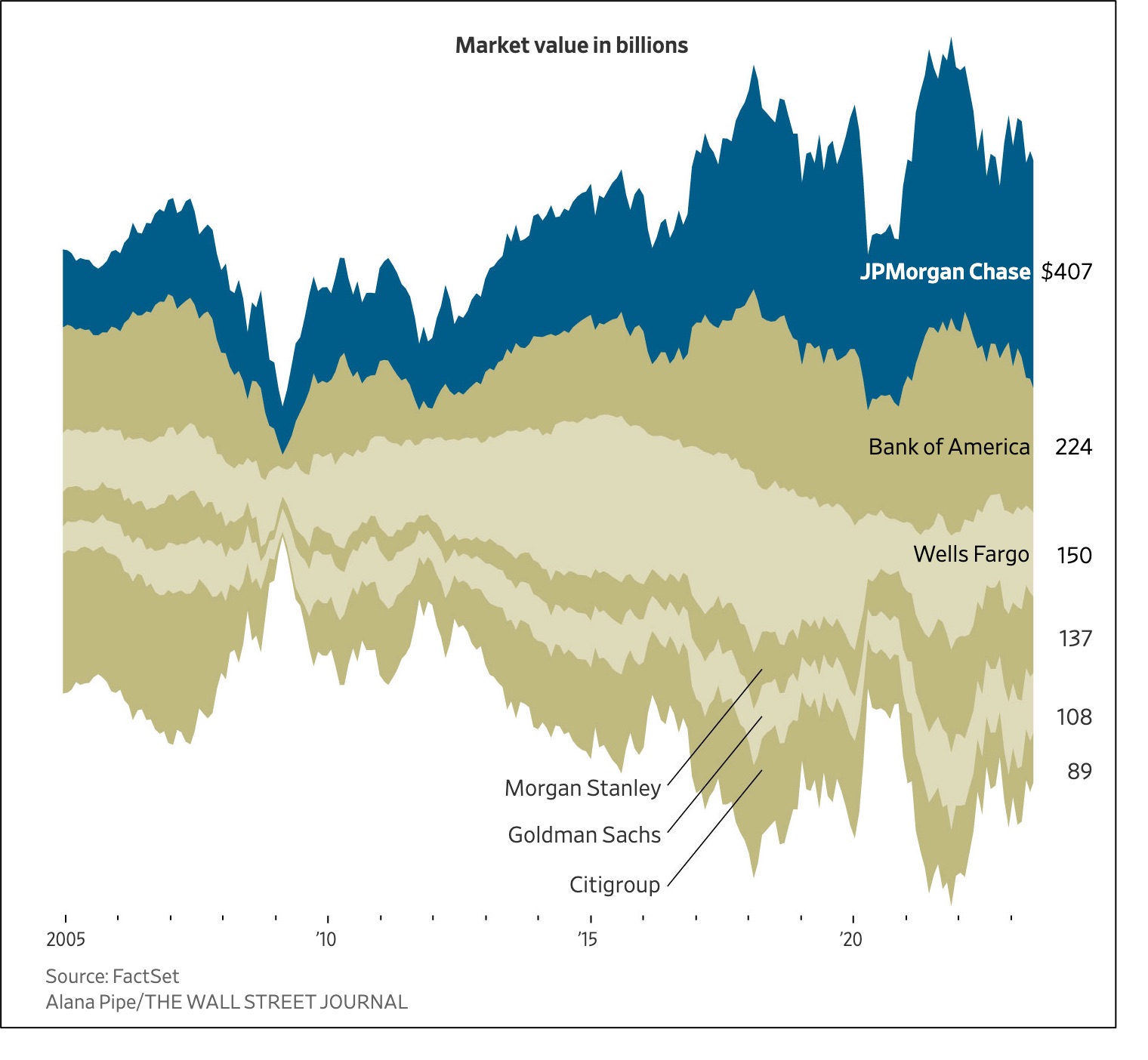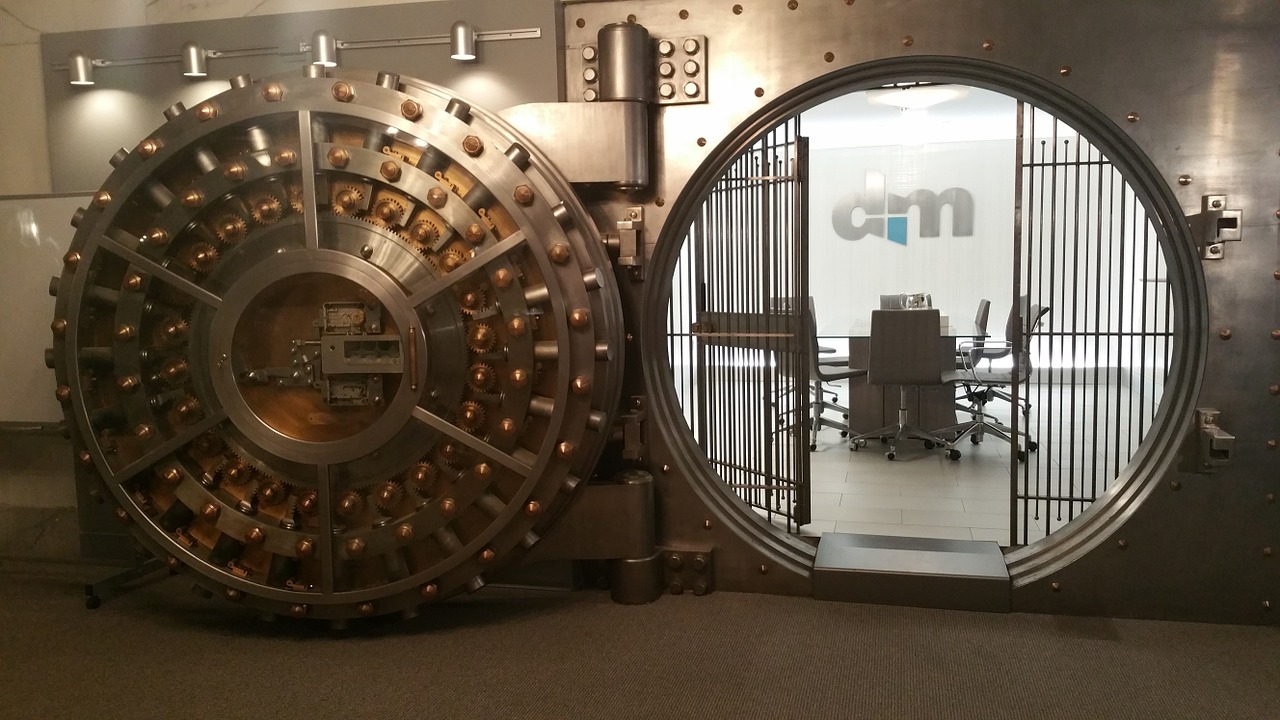When we think of a bank, our first image could be the human heart. Like a heart propels the blood that provides our nutrients, banks pump the money that feeds the market. Technically called financial intermediaries because they connect savers and borrowers, banks create unique questions about their size and regulation.
A Bank’s Balance Sheet
Below, looking at the Visual Capitalist graphic, please try to ignore the huge numbers. Instead, we should focus on the liabilities and assets that compose a traditional balance sheet. Because they belong to you and me and businesses and government, our deposits are not “owned” by the bank. Yes, they can use them. However, we ultimately decide whether they reside in the bank or elsewhere. Meanwhile, what the bank does possess are assets that include reserves, loans, and the securities they purchase:
Banking Regulation
Meanwhile, banks’ assets and liabilities are affected by legislation that encourages or restrains competition. Summarizing almost a century of banking regulation, we can look at three eras.
First, during the 1930s, after a slew of bank runs and failures, the Congress limited banks’ risky activities. Through the Glass-Steagall Act, they said banks had to choose between commercial and investment banking. Prohibited from using depositors’ funds on the vagaries of Wall Street, they became more conservative.
Then though, 40 or so years later, unable to compete, banks saw money flee to more lucrative destinations. Consequently, the Congress said riskier investments would be okay. Ultimately, in 1999, they repealed Glass Steagall.
Then though, 2008 arrived with the spread of loan defaults and worthless mortgage securities. Passing Dodd-Frank, the Congress again sought to shore up banks by mandating more capital and limiting some riskier initiatives.
Our Bottom Line: Banking Competition
Banks’ balance sheets and regulatory policy take us straight to JP Morgan Chase. Comparing balance sheets, we would see that JPMorgan Chase has far more assets and liabilities than its competitors.
Shown below as market value, JPMorgan Chase is a gargantuan institution:

When regulators extended how banks could compete, JPMorgan Chase became both a commercial and investment bank. With branches in all of the contiguous 48 states, the bank issued credit and debit cards and engaged in ancillary activities that even included travel advisory and dining recommendations. During recent banking crises, it was resilient enough to absorb failing banks and become even larger.
On a competitive market structure scale, JPMorgan Chase exists far to the right, at the edge of oligopoly territory:

Its location returns us to where we began. As the heartbeat of our economy. how do we treat so large a “too big to fail” institution?
My sources and more: Yesterday’s WSJ article on JP Morgan Chase’s growth inspired what we shared today, and took me back to our econlife post on JP Morgan. Then, as always, the Visual Capitalist came in handy. And, as a final ingredient, my bank facts originally were published in my own Econ 101 1/2 and Our American Economy.
Please note that on a balance sheet, unlike our graphic, assets should equal liabilities.







